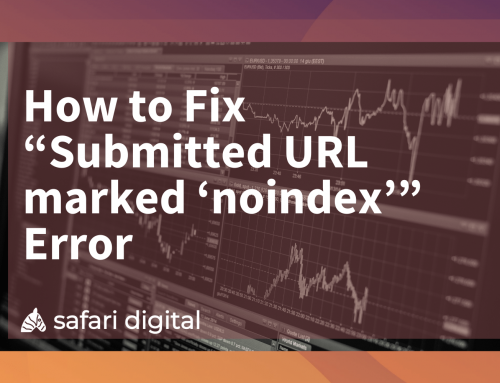
HTML Sitemap vs. XML Sitemap – which is most important for SEO? The key difference between an XML and HTML sitemap is that an XML sitemap is created for search engines, while an HTML sitemap is created for website users.
You do not need to choose between having one or the other, in 2022 it is recommended that you keep your XML and HTML sitemap up to date for SEO and for UX purposes.
What is An HTML Sitemap?
An HTML sitemap is a page on your website that lists all of the most important pages on your website – usually by category. Much like the way that an XML sitemap is made to inform search bots about the contents and structure of your website, an HTML sitemap is a really useful way to inform users about the contents and structure of your website.
When a website user visits your HTML sitemap, they should be able to get a clear picture of how your website is structured. By listing and sorting the pages on your website, users (and search engines for that matter) will understand the hierarchy and categorisation of your content. Furthermore, it will also allow users to navigate to these pages and quickly find the content that they are looking for on your website.
Google recommends that HTML sitemaps are most important for large websites (think e-commerce and large information hubs).
When a new page is added to your website, you can add it to your HTML sitemap. We have observed that Google is faster to index these pages when you have a centralised page that lists and categorises pages within your site hierarchy. While we do not have enough evidence to substantiate this claim, we do strongly recommend that every website has an HTML sitemap. They are simple to create and easy to maintain – the reward vs. effort equation means that every site needs to consider adding an HTML sitemap.
Are There Downsides of Having an HTML Sitemap?
Unless you are using a plugin or script to dynamically update the page, you will need to manually update your HTML sitemap any time a new page is added to the site. If you are in the process of building a new website, we would recommend holding off on the HTML sitemap until you have a semi-complete framework of pages. This will reduce double handling and minimise the updates required to the page in the initial stage of your website build.
HTML Sitemap vs. XML Sitemap – Which is Best?
HTML and XML sitemaps are the two main types of sitemaps that are utilised by users and search bots to crawl and navigate through a website. HTML sitemaps (Hypertext mark-up language) and XML sitemaps (extensible mark-up language) are created and presented in different coding formats.
The general rule of thumb is that the XML sitemap is designed for crawl bots, and the HTML sitemap is designed for humans. However, with that in mind, having an HTML sitemap can also be helpful for crawl bots (and your SEO rankings). Remember, the user experience is an important ranking factor for SEO. Websites that are dedicated to enhancing the user experience with measures such as an HTML sitemap are likely to be looked upon favourably by search engines.
What does an HTML sitemap look like?
When in doubt, look at a large multinational website to get an idea of HTML sitemap best practices for SEO. Apple does a good job of categorising the content and context of their web pages on their sitemap.

Apple categorise information, category, and product pages in a logical way that allows users to seamlessly navigate between pages. The page can also be updated to ensure fast indexing (not that Apple needs much help with this) and improved search bot navigation.
SEO Benefits of an HTML Sitemap
Having an HTML sitemap is a useful visual representation of the content on your website. Unlike an XML sitemap which can be clunky to read, an HTML sitemap provides a clear indication of the hierarchy and structure of your website. As you go to add new pages, you will quickly know where the page sits in the context of the website, and indeed, whether it is a necessary addition to the site.
In addition to the benefit of being able to easily track the growth of a website, an HTML sitemap also presents the following SEO benefits:
1. Category structuring and sorting
2. Improved site navigation for search bots
3. Search engines can crawl your HTML sitemap to identify any new pages that have been added to the site
4. Improved indexing rates for larger websites (observed through our own work)
5. Identify internal linking potential between pages
6. No ‘orphaned’ pages on the website – each category page will have at least one internal link from the HTML sitemap.
What Google Says about HTML Sitemaps and SEO
Here are two videos from Google engineer Matt Cutts (admittedly very old) explaining the benefits of an HTML sitemap for users and SEO:
Conclusion
Creating and maintaining an HTML sitemap requires minimal effort. While it will not be the silver bullet for SEO success, it can certainly help to increase indexing and improve the onsite user experience. Whether you are a 5,000 page e-commerce site or a 20-page local business site, we would recommend creating an HTML sitemap for SEO and user benefits.






